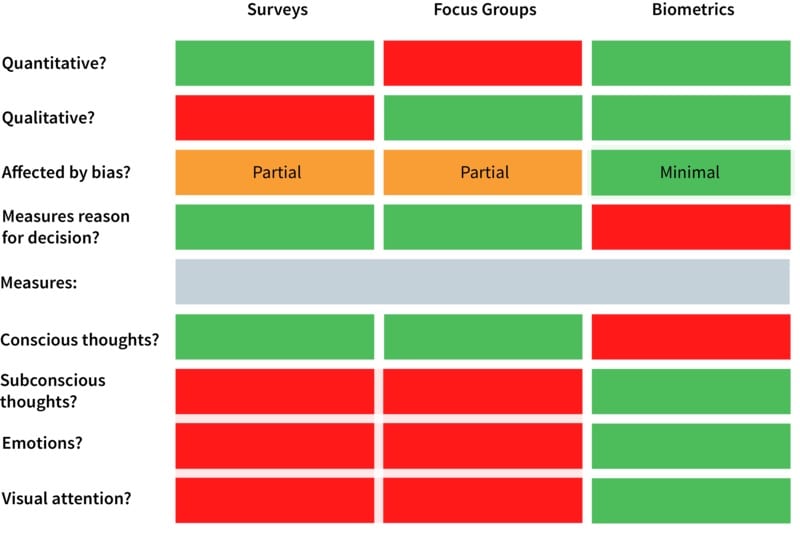
A multitude of psychologists from history has contributed to our understanding of psychology as it stands today. This article will explore three of the most impactful psychologists: Carl Jung, Sigmund Freud, and Abraham Maslow. Sigmund Freud was born in May 1856 in Austria to Galician Jewish heritage. He was a neurologist who made numerous significant observations, yet this article will focus on his theories regarding the conscious and unconscious mind, psychosexual development, dream analysis, and psychoanalytic theory. Freud proposed a model of the mind consisting of three distinct personalities: the id, ego, and superego. The id represented repressed desires driven by human instinct, while the superego embodied the adherence to societal norms and ethics. The ego acted as a mediator between the two, attempting to realistically satisfy both sides. Moreover, Freud indicated that the ego emerged during childhood around the age of 3, while the superego developed at 5, marking the final personality. He theorized that anxiety, neurosis, and maladaptive behaviors stemmed from an imbalance among these personalities. Freud’s subsequent theory of psychosexual development was regarded as a distressing and contentious notion, suggesting that an adult’s behavior and personality emerged from psychosexual stages experienced in childhood. This implied that a child would seek pleasure from the id through specific body parts known as erogenous zones. These stages included the oral, anal, phallic, latency, and genital phases. Freud asserted that complications in childhood could resurface and afflict the individual with mental disorders. In Freud’s work: The Interpretation of Dreams, he argued that dreams arise from the unconscious mind, symbolizing the id’s unmet desires striving to penetrate the conscious. The underlying reason for an unrealistic dream was posited to satisfy inappropriate wishes, utilizing symbolism to censor and disguise what is considered unacceptable. Consequently, Freud developed various techniques to interpret and comprehend dreams, including condensation, displacement, representation, and secondary revision. Ultimately, psychoanalytic theory meticulously detailed human behavior. In a manner similar to psychosexual development, Freud observed that early childhood experiences play a pivotal role in shaping adult personality, particularly concerning trauma. He theorized that such experiences might remain hidden in our consciousness, potentially causing issues later in life. To address this, he initiated psychoanalysis, characterized by the psychoanalytic theory, a therapeutic approach that engages patients with mental illness by delving into these repressed emotions. Consequently, he earned the title of the ‘father of psychoanalysis’.
A key notion in psychoanalysis is defense mechanisms, which are unconscious tactics that support one’s ego, the rational part of the mind, in alleviating anxiety stemming from inner conflicts. These conflicts arise between the urges expressed by the id and the moral standards set by the superego, which acts as a self-critical conscience. Such internal struggles and the ego’s employed strategies are believed to motivate an individual’s behavior, as they reveal how a person unconsciously shields themselves from emotional distress and conflict. Typically, the ego modifies or redirects the thoughts and feelings generated by the id to conform to the superego. Common examples include projecting the id’s impulses onto others, allowing the mind to persuade the superego that it rises above such primal drives. Another defense mechanism is displacement, where an individual channels unacceptable emotions, often anger or jealousy, toward an object or person deemed an appropriate target by the ego/superego. A variation of projection is sublimation, where one transforms their unconscious desires into constructive and more socially acceptable activities. For instance, a surgeon may be sublimating their unconscious aggression into performing surgeries intended to heal individuals.
Freud introduced the concept of an unconscious drive or instinct known as libido, which was thought to energize or support the mental operations of the id. This drive seeks to evade emotional or physical discomfort, fulfill basic physical requirements, and satisfy other primal urges. This drive constitutes the second main premise of Freudian psychoanalytic theory, asserting that all human behavior is motivated by sexuality; here, sexuality encompasses anything capable of providing pleasure. As with many elements of psychoanalysis related to the unconscious, this drive finds opposition from the ego or superego, where this conflict influences aspects such as impulse control. For example, an individual with a hyperactive libido and an underdeveloped superego may demonstrate a lack of remorse or critical consideration for the consequences of their actions to fulfill their unconscious desires.
Maslow’s Hierarchy of Needs is a well-recognized theory that explains the motivations driving individuals,